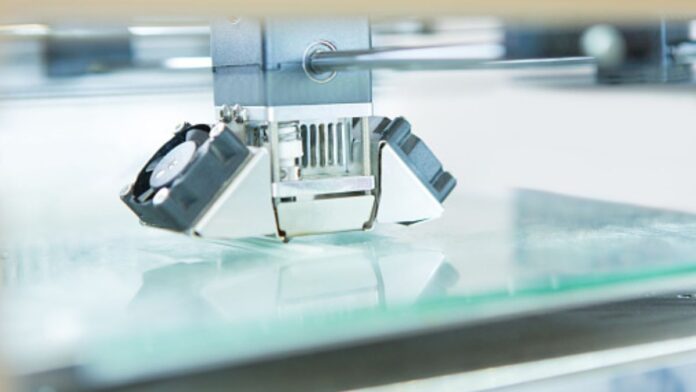In the customer service and parts department of Daimler Buses, for example, the challenges are reduced storage costs and shorter delivery times, while maintaining an extensive portfolio of vehicles. Further more, the company promises to continue supplying spare parts even 15 years after series production has ended. 3D printing solutions proved themselves worth their weight in gold very quickly. For the department, 3D printing was a cost-effective way to meet these needs. With these benefits, it made sense to implement them across the entire company.
Sintering
Sintering 3D printing solutions rely on a high-power laser to fuse powdered materials. The materials used include plastic, ceramic, glass, and metal powders. The process works by scanning cross-sections of the material and selectively fusing the desired layer of material. Once the process is completed, the powder bed is lowered, and a new layer of material is applied. This process is repeated until the desired part has been produced.
Stereolithography
PolyJet and Stereolithography are two methods that use UV light to solidify liquid resin. Both processes utilize the same material to build 3D printed parts, but differ in build style and application. Learning the differences between these processes will help you choose the right one for your specific application. For example, PolyJet is perfect for printing multi-colored parts. Meanwhile, Stereolithography is best for printing large-scale prototypes. PolyJet can print in different materials and delivers various hardness levels from 20 to 90 A.
Digital Light Synthesis
Carbon Inc. developed Digital Light Synthesis, or DLS, as a 3D printing technology that allows multiple iterations of a design in a single print. With this technology, parts can be produced with engineering-grade mechanical properties, consistent surfaces, and no need to assemble multiple pieces. Developed with production in mind, DLS allows companies to make prototypes and production parts without tools. The end result is a product that is as close to production-quality as it is to a prototype.
Laminated object manufacturing
The process of laminated object manufacturing uses a build platform to build parts. The materials are placed on the platform and heated rollers apply pressure. Lasers or knives then trace the shape of the model onto the material. The build platform is then moved downward to add a new layer. The layers are then glued together. The process is repeated until the part is complete. Once complete, the parts are sanded and finished. Visit https://www.runsom.com/ to get 3D printed parts in affordable price.
Ultrasonic additive manufacturing
Combined CNC machining and ultrasonic welding, ultrasonic additive manufacturing offers large gaps-free metallic 3D printed parts, with excellent strength and tolerance. While the process is still relatively new, some companies are exploring hybrid solutions, such as DMG MORI, which recently purchased a controlling stake in SLM manufacturers REALIZER. This technology is also capable of joining dissimilar metals, and is highly cost-effective, given that the formation temperature is so low.









